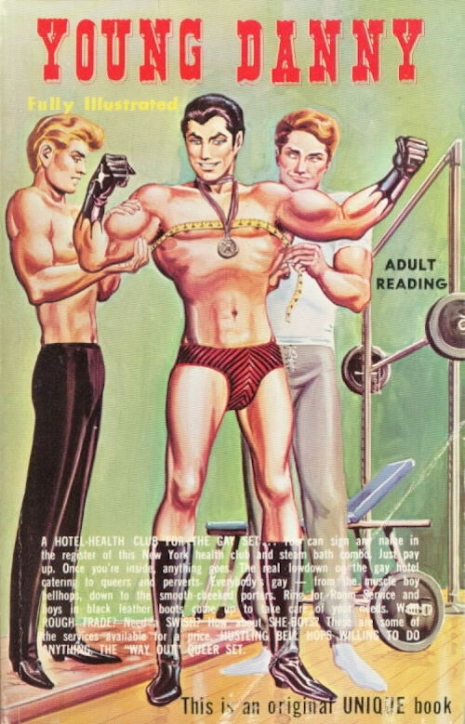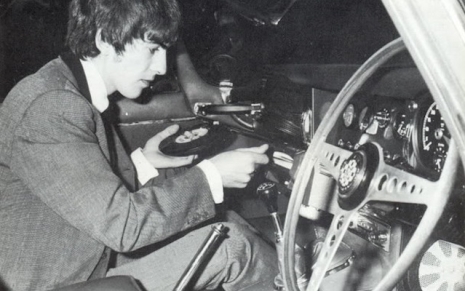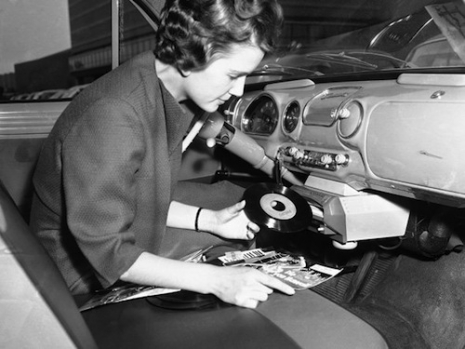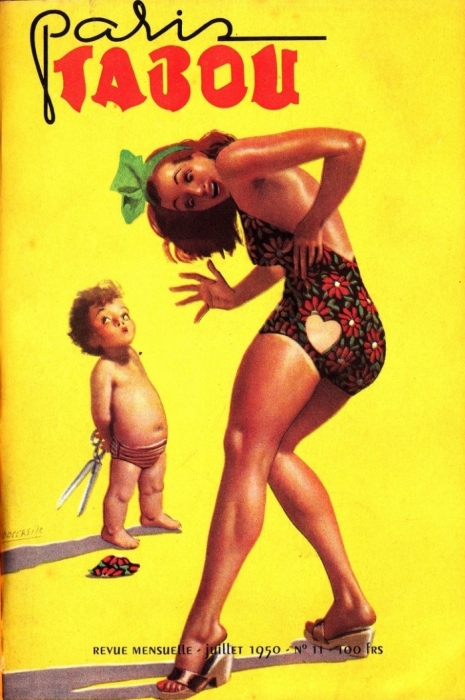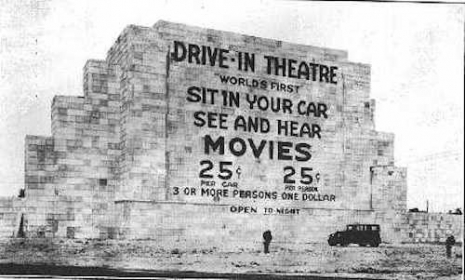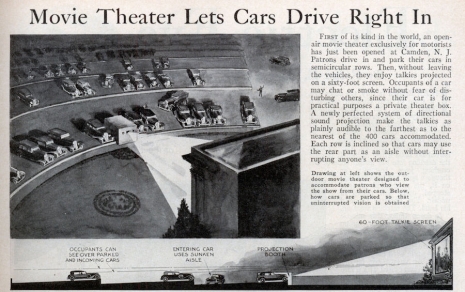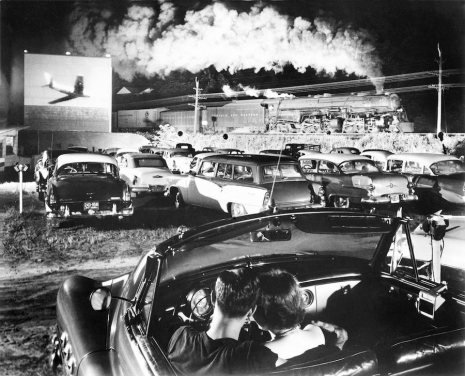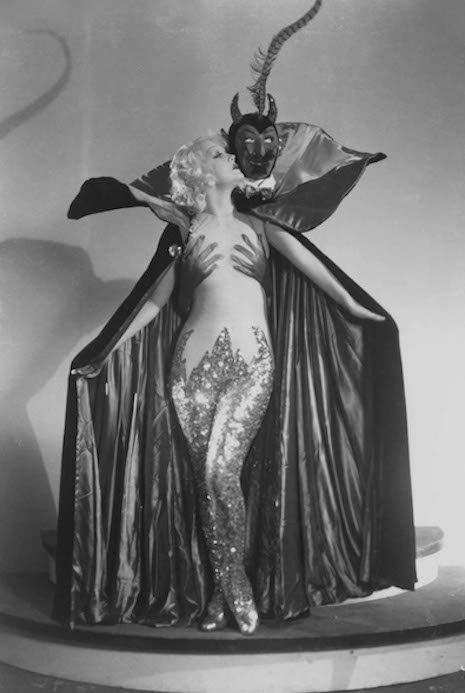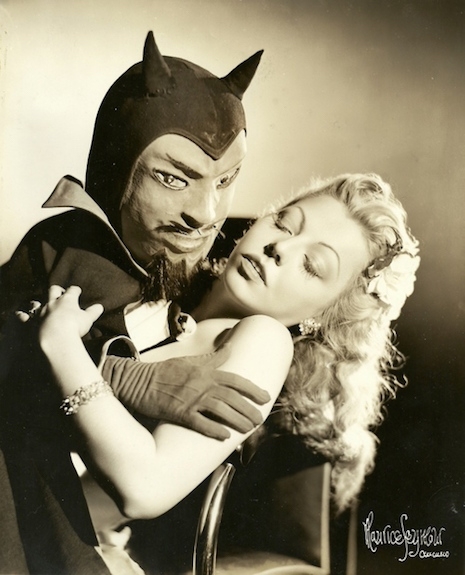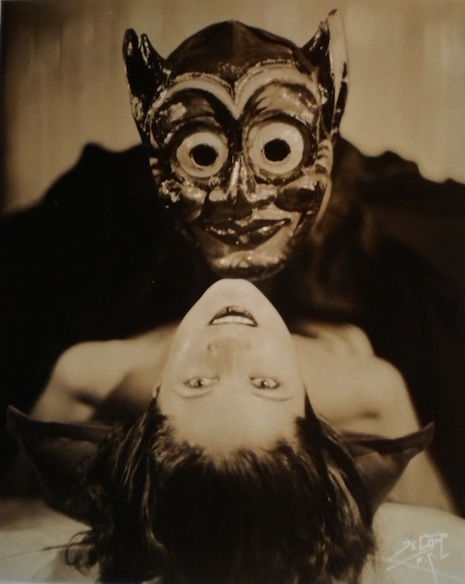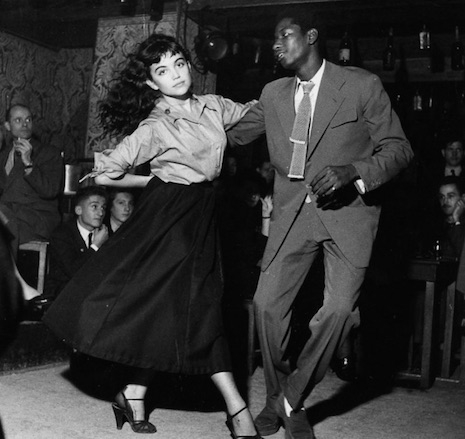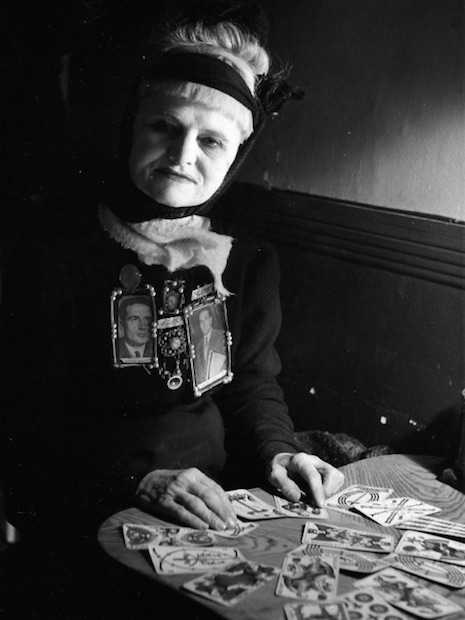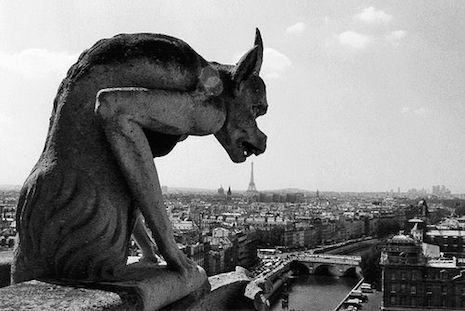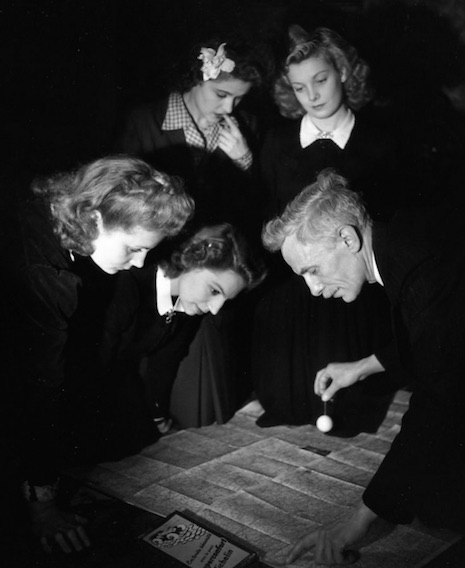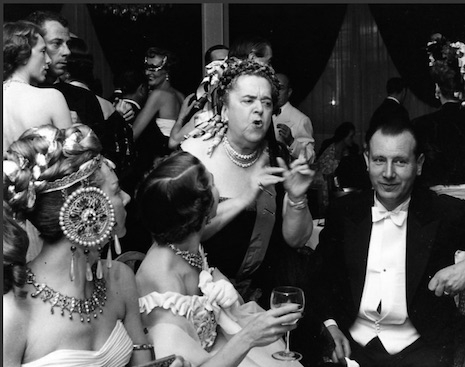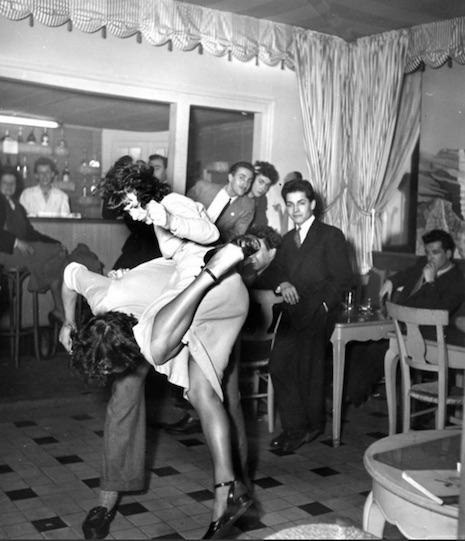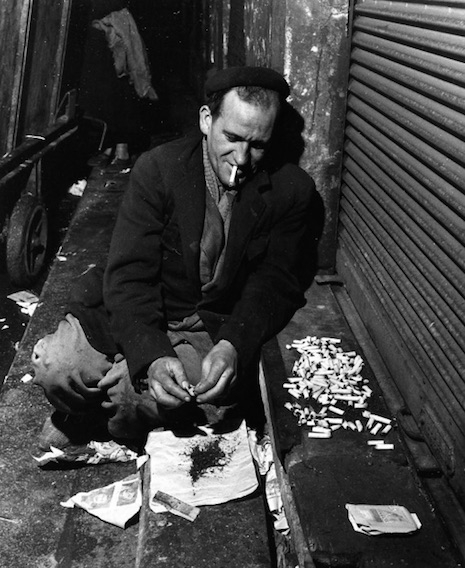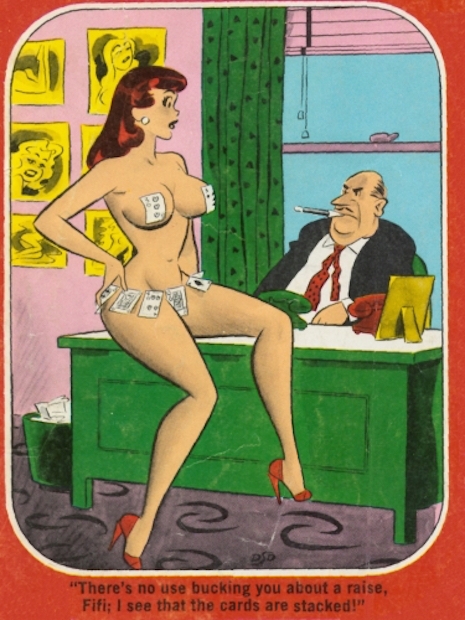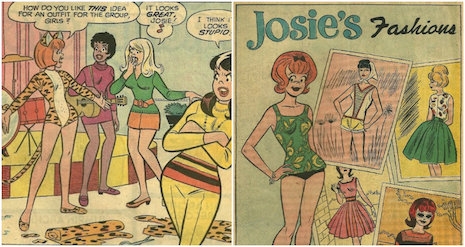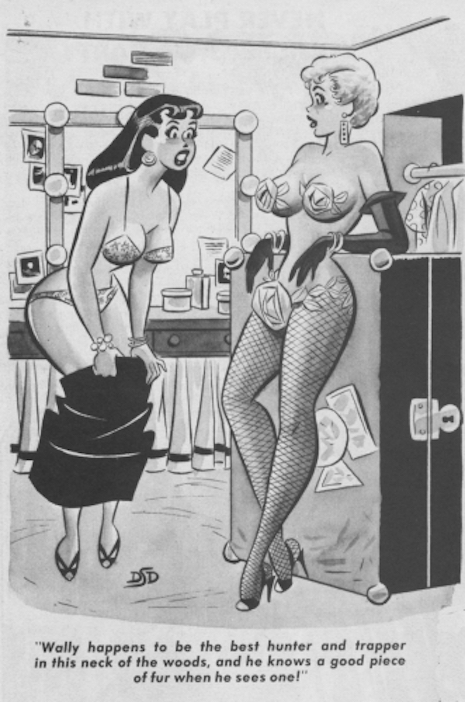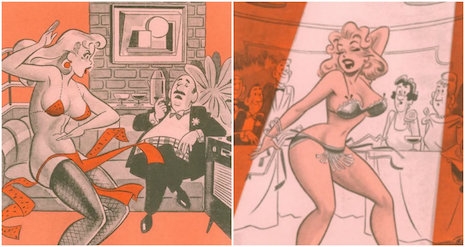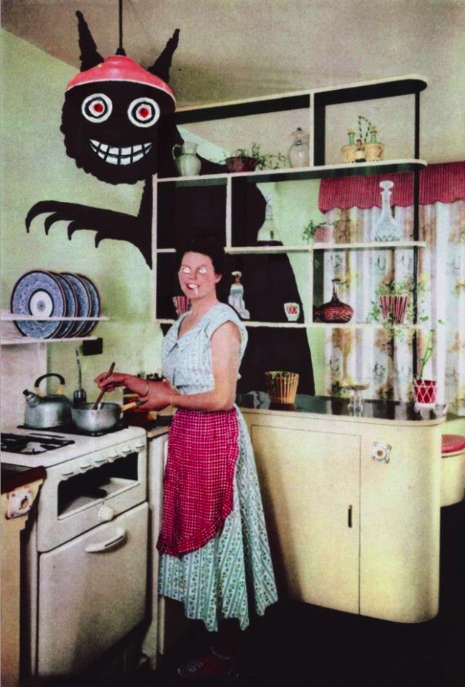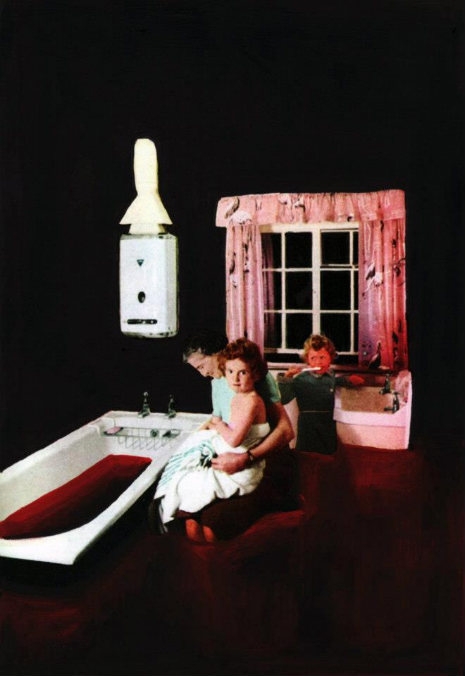
Strong woman and acobat Louise Leers (aka Luise Krökel), 1930s.
Some of the images of the badass strong women in this post date all the way back to the very early 1900s however the female “strong woman” was an attraction as long ago as the early 1700s where women such a the “Female Italian Samson” and the “Little Woman from Geneva” would perform impressive feats of strength such as bearing massive amounts of weight on their backs or effortlessly hoisting several men in their arms.
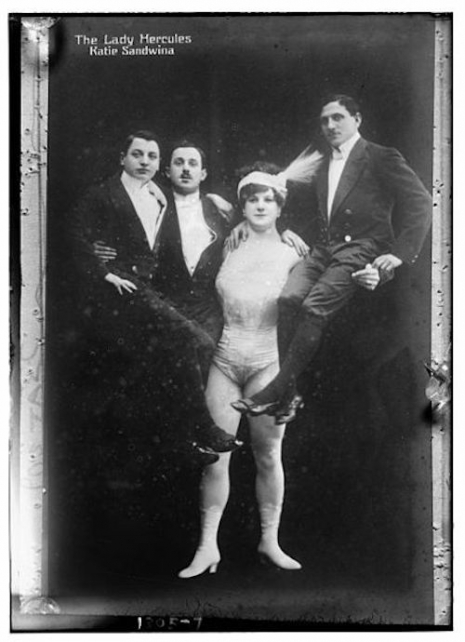
The ‘Great Sandwina’ aka, Katie Brumbach.
Sometime in the late 1800s the appearance of strong women became more prevalent in sporting events and were also a common attraction in circuses where they would showcase their superhuman strength. This in turn paved the way for other rule-breaking girls such as female wrestlers and bodybuilders. One of the best known super women was Katie Brumbach called the “Great Sandwina.” Hailing from Vienna, Brumbach’s parents were also circus performers and it would appear that she was the combination of her father (who stood 6’ 6”) and her mother (who was herself a strong woman of sorts, sporting biceps that measured 15 inches around). She not only inherited her parents physical prowess and she performed with them, as well as many of her fourteen siblings. Brumbach would go on to wow audiences by lifting her husband (who reportedly weighed 165 lbs) over her head with only one arm and 300 pounds of weights with both. In her later years Brumbach joined the Ringling Brothers and Barnum & Bailey Circus as a powerlifter where she snapped iron bars with her bare hands. At the age of 57 she was still able to pull to hoist her husband above her head with only one arm.
Another notable strong woman Kate Roberts went by the intimidating name “Vulcana.” In addition to her muscular build and ability to lift heavy weights (allegedly 181 lbs with one arm) she has some fascinating superhero-style folklore attached to her. In addition to saving a couple of drowning kids, Roberts dragged an unfortunate would-be purse snatcher who tried to steal her handbag all the way to the police station by herself. According to various historians Roberts also freed a wagon that had become stuck in a ditch in front of a crowd of awestruck Londoners. I’ve included images of other kick ass women in this post such as Abbye “Pudgy” Stockton (who was a notable member of the “Muscle Beach” crowd in the 1940s), and Joan Rhodes who enjoyed bending iron rods with her teeth and breaking nails with her bare hands. There’s also a video of Rhodes showing off her strength in a cabaret act called the “Iron Girl in a Velvet Glove.”

‘Vulcana’ (aka Kate Roberts).
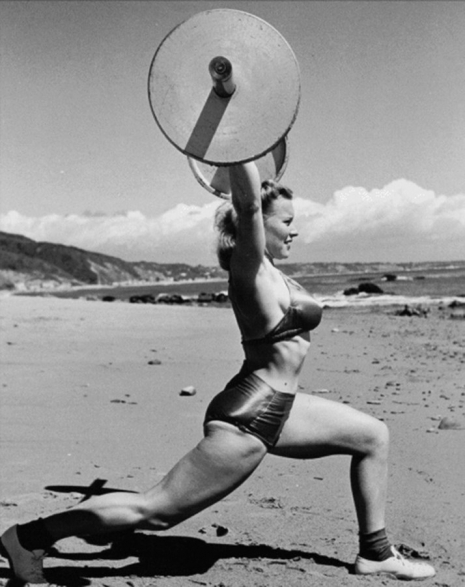
Abbye ‘Pudgy’ Stockton.
Much more after the jump…







